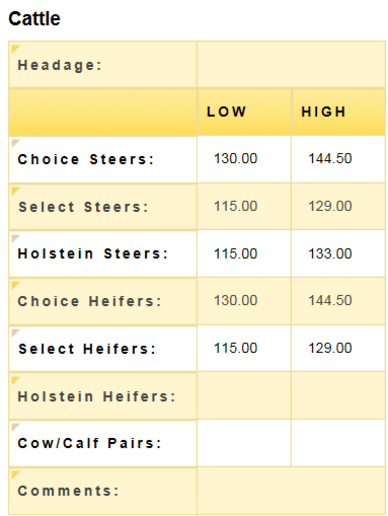The fifteen head averaged 1420 lbs and brought $146.75 per hundred weight. That is a $2083.85 gross. The net was $2013.20 after all the fees and commission.
This beat the contracted cattle $87.90 per head this time. I contracted the balance of the yard in Aug of last year. I am still not going to have many cattle on feed without a contract backing up the biggest part of them.
This beat the contracted cattle $87.90 per head this time. I contracted the balance of the yard in Aug of last year. I am still not going to have many cattle on feed without a contract backing up the biggest part of them.


